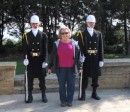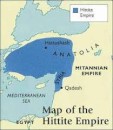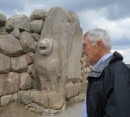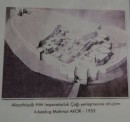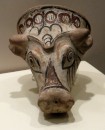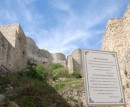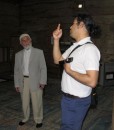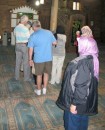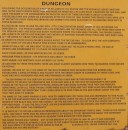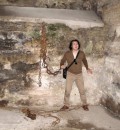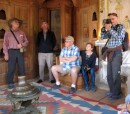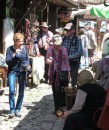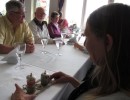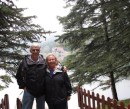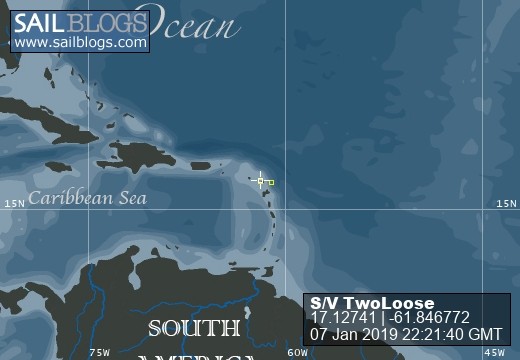
Footloose-on-TwoLoose
22 September 2016
18 September 2016
12 September 2016 | Almerimar, Spain
04 September 2016 | Almerimar, Spain
30 August 2016 | Almerimar, SP
11 August 2016
05 August 2016 | Almerimar, Spain
19 July 2016 | Almerimar, Spain
10 July 2016
05 May 2016
24 April 2016
12 July 2015 | Thira Is., (Santorini) GR
11 July 2015 | Thira Is., (Santorini) GR
10 July 2015 | Thira Is., (Santorini) GR
10 July 2015 | Thira Is., (Santorini) GR
29 June 2015 | Thira Island, Greece
29 June 2015 | Astipalaia, GR
14 June 2015 | Astipalaia Is., GR
13 June 2015 | Astipalaia Is., GR
12 June 2015 | Kamares Bay, Kos Is., GR
Queen of the Sea
21 April 2019 | English Harbour, Antigua, West Indies
Annette Brown
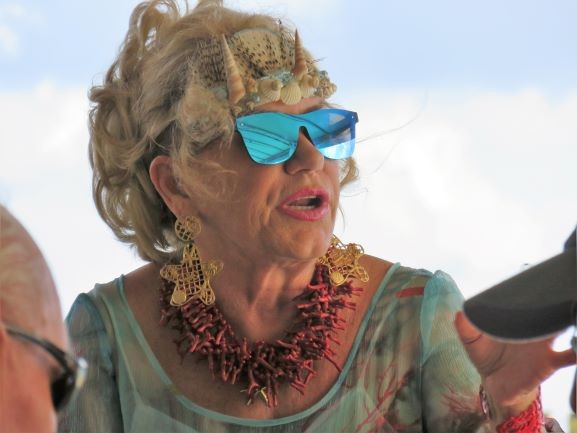
This unknown (to us anyway) beauty appeared to be the self-proclaimed Queen of the Sea for the Classic Yacht Parade of Ships.
Columbia – a Gloucester fishing schooner
21 April 2019 | English Harbour, Antigua, West Indies
Annette Brown
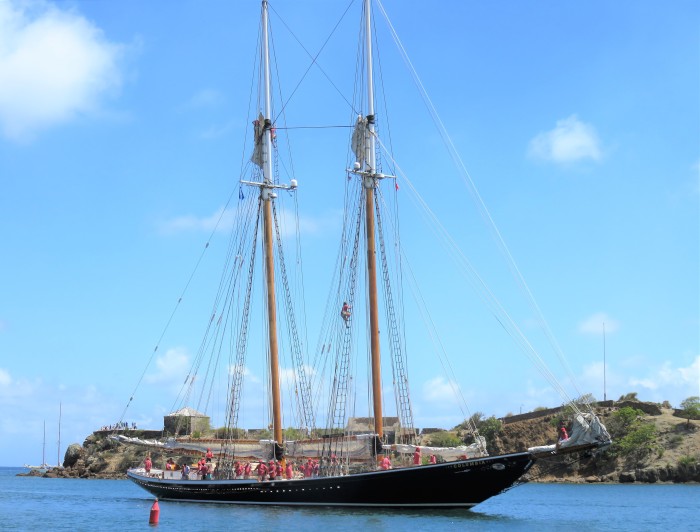
As the lead in the Antigua Classics Parade of ships, Columbia (141" long), hailing from Panama City, FL USA passes us by as we watched from an Italian restaurant in English Harbour.
Antigua Yacht Club (AYC)
19 April 2019 | English Harbour, Antigua, West Indies
Annette Brown
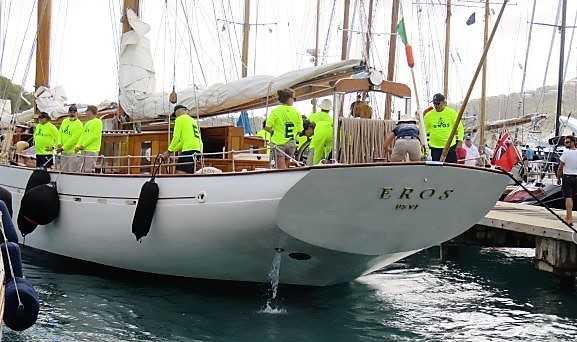
After watching the classic yachts race from on high, we went down into English Harbour to the AYC to have lunch and to walk the docks to see these monster ships close up.
Here is one of the medium sized classic participants - the 103' staysail schooner EROS built in 1939.
Here is one of the medium sized classic participants - the 103' staysail schooner EROS built in 1939.
32nd Antigua Classic Yacht Regatta
19 April 2019 | English Harbour, Antigua, West Indies
Annette Brown
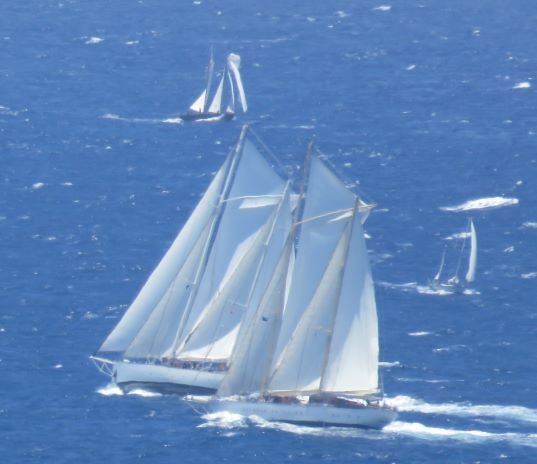
See more photos under the gallery section which will be under construction for a few days.
Here is the tall ship Rhea and tall ship Chronos, both 156’ long and both with wishbone sails going neck and neck.
We had a great view of the racing from high up above English Harbour on Shirley Heights.
Here is the tall ship Rhea and tall ship Chronos, both 156’ long and both with wishbone sails going neck and neck.
We had a great view of the racing from high up above English Harbour on Shirley Heights.
TwoLoose on the hard - again!
18 April 2019 | Jolly Harbor Marina Antigua, West Indies
Annette Brown
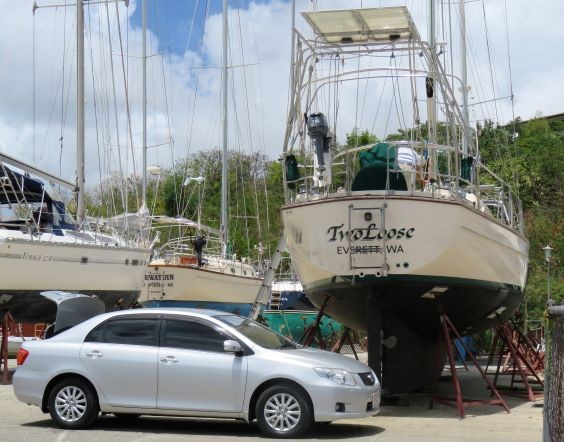
It was a long day, the Thursday before Easter and we were glad to have it behind us.
Up around 0500, onto the boat in her berth for last minute preps, off to the marina office to pay our bill and finally the transit to the fuel pier where we topped off the tank.
Although we were scheduled for a 1330 pull, the travel lift had earlier ruptured a hydraulic hose, so we were delayed (in the very hot sun) in the lift process until about 1500.
Afterwards we returned to the villa we’d rented and crashed – sleeping almost non-stop for 10 hours!
Up around 0500, onto the boat in her berth for last minute preps, off to the marina office to pay our bill and finally the transit to the fuel pier where we topped off the tank.
Although we were scheduled for a 1330 pull, the travel lift had earlier ruptured a hydraulic hose, so we were delayed (in the very hot sun) in the lift process until about 1500.
Afterwards we returned to the villa we’d rented and crashed – sleeping almost non-stop for 10 hours!
Castaways Sunset w Buddha
14 April 2019
Annette Brown
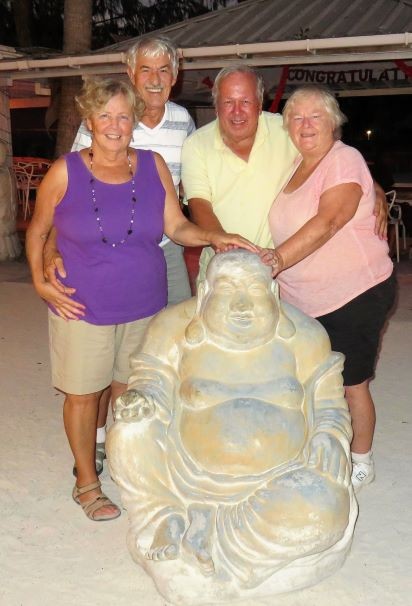
Taking a break from our work schedule to enjoy probably our last dinner at Castaways for this season anyway. Genie & John of Island Time joined us.
| Vessel Name: | TwoLoose |
| Vessel Make/Model: | IP45 |
| Hailing Port: | Everett, WA, USA |
| Crew: | Captain Pete Cisek & Wife/Navigator Annette Brown |
| About: | |
| Extra: | |
| Social: |
TwoLoose's Photos - Ankara & Beyond... among the Hittites
About Us
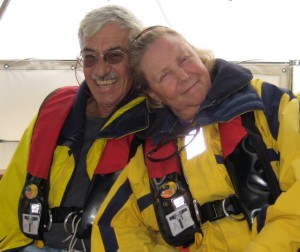
Who: Captain Pete Cisek & Wife/Navigator Annette Brown
Port: Everett, WA, USA



